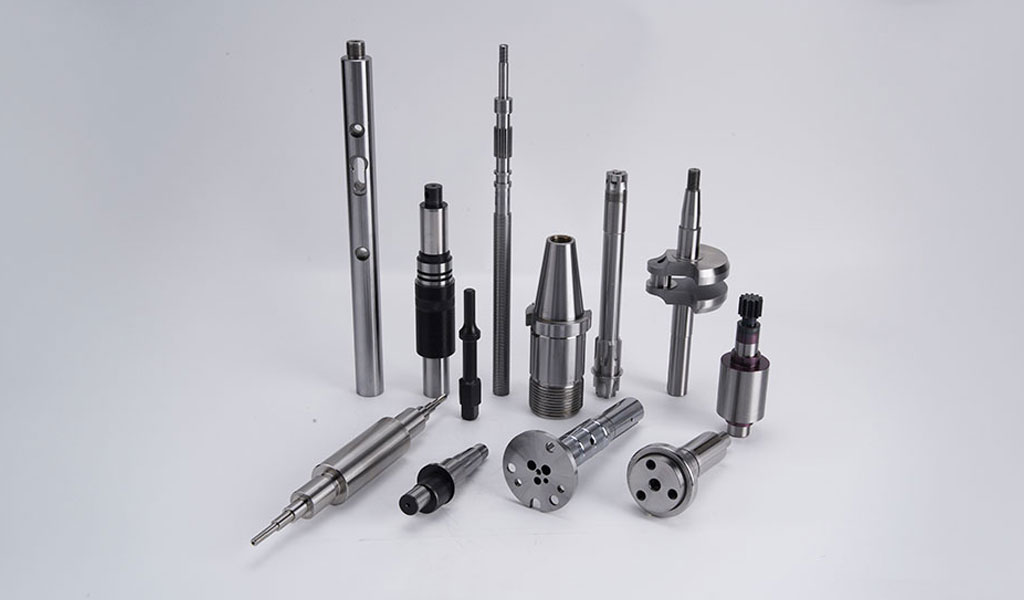
In mechanical engineering, shaft parts are a common type of mechanical parts and crankshaft machining used to transmit power, support and position rotating parts. Shaft parts can be classified into various categories based on their shape, use and manufacturing process characteristics. This article will introduce several common classification methods of shaft parts to better understand and apply these important mechanical elements.
Classification according to use:
- (1) Power transmission shaft: used to transmit power and torque in mechanical devices, such as the crankshaft of an engine and the transmission shaft in a transmission device.
- (2) Support shaft: used to support rotating parts, such as the spindle of machine tools and the axle of vehicles.
- (3) Positioning axis: used to determine the position and direction of parts, such as the positioning axis and guide axis in the tooling fixture.
Classification according to material:
- (1) Metal shaft: made of metal materials, such as steel shaft, aluminum shaft, etc.
- (2) Non-metal shaft: made of non-metal materials, such as plastic shaft, ceramic shaft, etc.
Classification according to manufacturing process:
- (1) Spinning shaft: Shaft parts made by forming blank materials through spinning process.
- (2) Cast shaft: Shaft parts made by injecting molten metal into the Ultra-Fine Step Shaft mold through the casting process.
- (3) Forged shaft: Shaft parts formed by heating metal materials and applying pressure through the forging process.
Classification according to shape:
- (1) Cylindrical shaft: The most common shaft shape is cylindrical in shape and is used to transmit power and support rotating parts.
- (2) Spline shaft: The shaft has a spline groove shape, which is used to transmit torque and prevent relative sliding of rotating parts.
- (3) Tapered shaft: One end of the shaft is cylindrical, and the other end gradually shrinks into a tapered shape, used to connect parts of different diameters.
in conclusion:
Shaft parts are a common and important type of parts in mechanical engineering, used to transmit power, support rotating parts and position parts. Shaft parts can be classified into various categories based on characteristics and Centerless Grinding Machining such as use, materials, manufacturing processes, and shapes. Understanding these classification methods will help you select appropriate shaft parts during the design and manufacturing process to ensure the normal operation and stability of the mechanical device.
Link to this article:The Classifications Of Shaft Parts
Reprint Statement: If there are no special instructions, all articles on this site are original. Please indicate the source for reprinting.:Cnc Machining,Thank!^^
